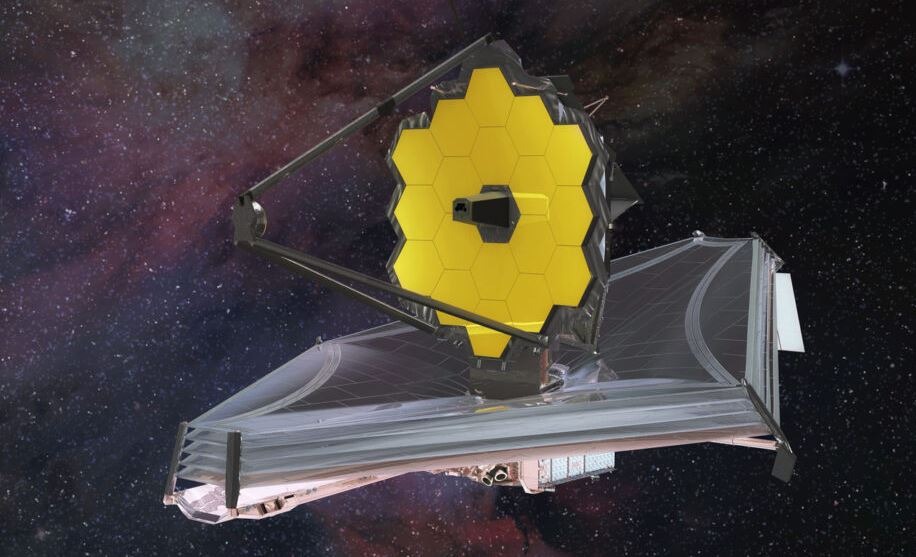The James Webb Space Telescope has discovered the galaxy that suddenly stopped producing new stars at the oldest known time.
According to a paper that was published on arXiv.org on January 26 by a team of astronomers, the galaxy known as GS-9209 stopped producing stars more than 12.5 billion years ago. A little bit more than a billion years have passed since the Big Bang at this point. The fact that it exists elucidates previously unknown aspects of the life cycles of galaxies spanning cosmic time.
An astronomer from the University of Massachusetts Amherst named Mauro Giavalisco, who was not engaged in the current research, referred to the finding as “amazing” and called it “a wonderful discovery.” “We want to know when the circumstances are ideal to make quenching ubiquitous phenomena in the cosmos,” said one researcher. “It’s incredibly important to us.” According to the findings of this research, at least some galaxies died out when the cosmos was very young.
In the early years of the new millennium, GS-9209 was discovered. During the last few years, investigations made using ground-based telescopes determined that it may be a quenched galaxy. This conclusion was reached based on the wavelengths of light that it produces. It was hard to tell for certain since the atmosphere of Earth absorbs the infrared wavelengths that may confirm the distance of the galaxy and that the galaxy’s days of producing new stars are in the past.
As a result, the astronomer Adam Carnall and his colleagues went to the James Webb Space Telescope, also known as the JWST. The observatory is located far above the Earth’s atmosphere, which allows it to have a high level of sensitivity to infrared light. Carnall, of the University of Edinburgh, explains that this is the reason why JWST was created. The sensitivity of the JWST is far higher than that of prior telescopes, which enables it to see galaxies that are both fainter and further away. “JWST can pick this stuff up in a few hours,” the researcher said, but the greatest telescopes on the ground would be able to observe GS-9209 in more detail after studying it for a month.
Carnall and his colleagues discovered, with the help of data from the JWST, that the majority of GS-9209’s stars were produced during a period of around 200 million years, beginning approximately 600 million years after the Big Bang. During that very short period in the cosmos, it created around 40 billion solar masses worth of stars, which is almost the same number that the Milky Way has.
Carnall thinks that this speedy building shows that GS-9209 was produced from a vast cloud of gas and dust that collapsed and ignited all of its stars at the same time. “It’s quite obvious that the overwhelming majority of the stars that are now there created in this massive burst,” said the researcher.
Astronomers used to believe that the majority of galaxies originated by a process known as monolithic collapse. This was one of the modes of galaxy formation. However, this theory is no longer widely held and has been superseded by the theory that massive galaxies originate from the gradual merger of a vast number of smaller ones.
It would seem that an actively feeding supermassive black hole is to blame for the abrupt halt in the process of star formation that was occurring in the galaxy. The observations made by JWST found that there was an additional emission of infrared light linked with a fast-spinning mass of energized hydrogen. This is evidence that an accreting black hole is there. It seems that the black hole might have a mass that is up to a billion times that of the sun.
According to Carnall, for the black hole to have attained that mass in less than a billion years after the beginning of the universe, it must have been feeding at an even quicker rate early on in its existence. It would have accumulated a brilliant circle of white-hot gas and dust about it as it gobbled up its prey as it did so.
Additional observations with future telescopes, like the proposed Extremely Large Telescope in Chile, could be able to help figure out more specifics about how the galaxy was extinguished.

